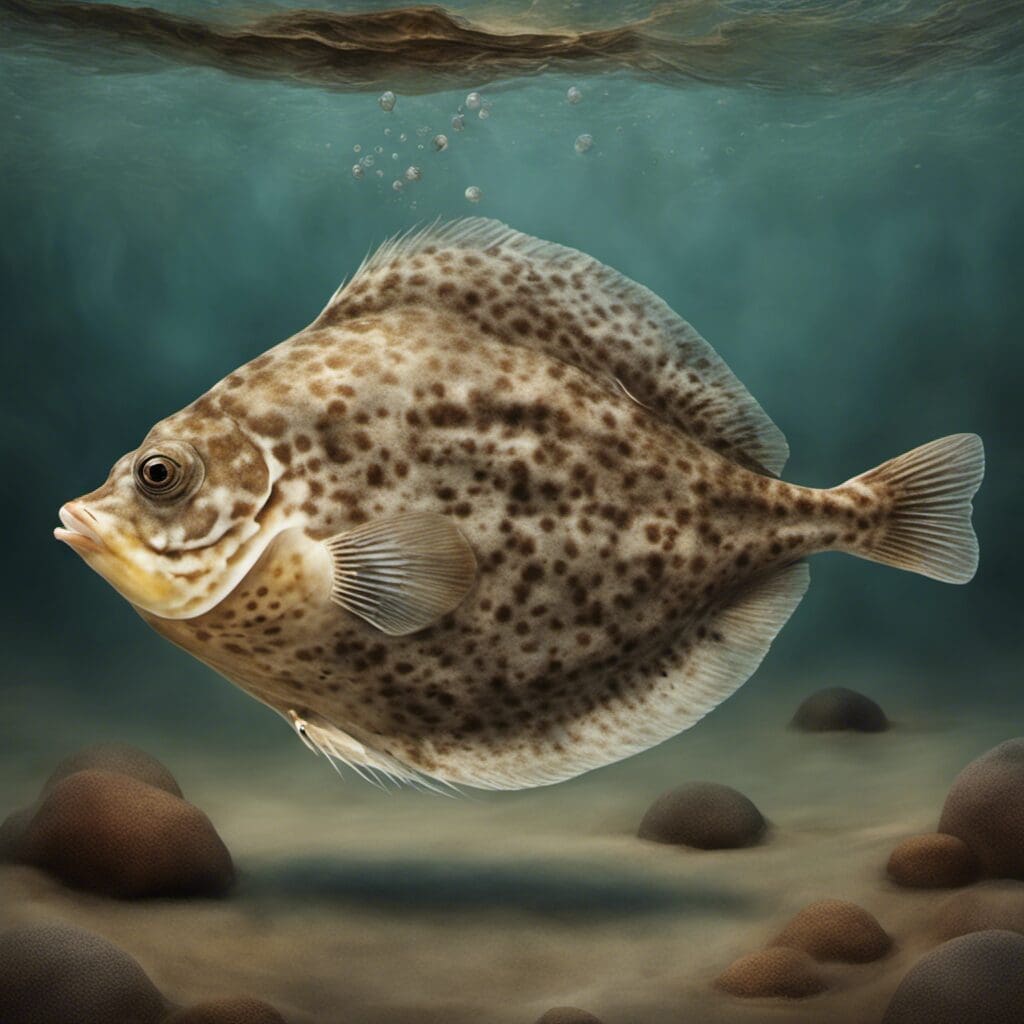Introduction
The Southern Flounder (Paralichthys lethostigma) is a flatfish belonging to the large-tooth flounder family, Paralichthyidae.
Conservation Status
As per IUCN Red List, the species has not been evaluated yet, thus no defined conservation status. However, fishing regulations are in place in several regions to regulate its catch due to its popularity as a food fish.
Statistics
| Length (Average) | Length (Range) | Weight (Average) | Weight (Range) | Average Lifespan |
|---|---|---|---|---|
| 12-20 in (30-50 cm) | Up to 33 in (85 cm) | 1-5 lbs (0.45-2.27 kg) | Up to 20 lbs (9.07 kg) | 6-8 years |
Distribution
The Southern Flounder inhabits the Atlantic and Gulf coasts of the United States, stretching from North Carolina to Texas. It demonstrates seasonal migration patterns, moving into estuaries during spring and out towards the ocean in fall.
Habitats
Southern Flounder are generally found in coastal waters and estuaries. They prefer a depth range of about 5-60 meters. They are adaptable to a wide temperature range, but optimal conditions are between 68 to 77 degrees Fahrenheit (20-25 degrees Celsius).
When and Where to See
They are seasonally abundant during spring and autumn, and most active at night.
Best Fishing Locations
- Pamlico Sound, North Carolina
- Chesapeake Bay, Maryland and Virginia
- Indian River Lagoon, Florida
- Apalachicola Bay, Florida
- Galveston Bay, Texas
As general advice, look for Southern Flounder along shallow, sandy or muddy bottoms near structures like bridges, jetties or submerged debris.
How to Catch
Commonly used baits for the Southern Flounder include shrimp, squid, and small bait fish like mullet. Techniques for catching Southern Flounder include bottom fishing, drift fishing and using gigs or spears at night. The best time for fishing is during their migration period in spring and fall, especially at night.
Identification Guide
Southern Flounders are grayish-brown with a white underbelly and possess numerous spots and blotches on their body. Their flat bodies and both eyes on the same side make them easily distinguishable from other fish species.
Culinary
Southern Flounder is highly prized for its mild, sweet flavor with a firm and flaky texture. Nutritionally, it is rich in protein and offers a good source of Omega-3 fatty acids. Southern Flounder can be cooked in various ways such as frying, grilling, baking or stuffing.
Additional Information
They are ambush predators, mostly feeding on smaller fish, shrimps and crabs. Their main threats include human activities like overfishing and habitat destruction along with natural predators like larger fish and birds.
References and Further Reading
- Florida Museum
- Texas Parks and Wildlife Department

